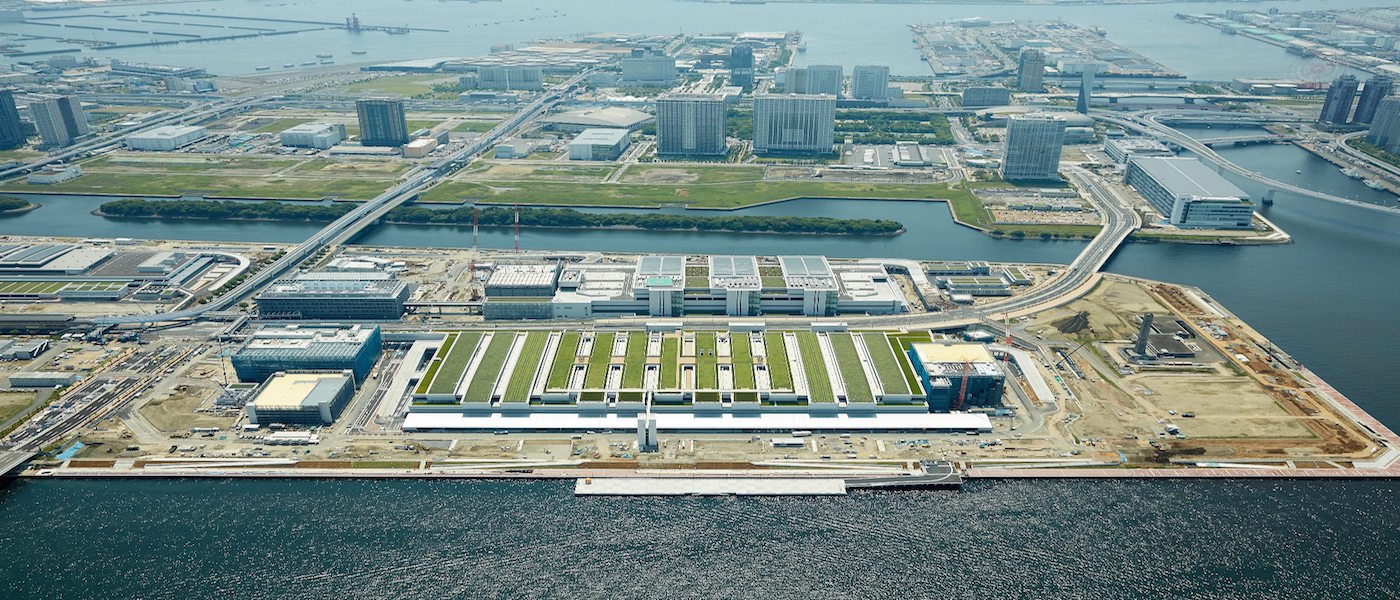The Tokyo Tsukiji Fish Market has been one of the most popular tourist attractions in Japan for decades as visitors can not only enjoy fresh seafood, but also experience the unique Japanese culture regarding the seafood industry by participating in live fish-processing show and the exciting fish auctions. The Japanese government had decided to move the Tsukiji Fish Market to Toyosu Market more than a decade ago, but the relocation plan was not successfully carried out due to the contamination and construction problems in the Toyosu Market.
Regarding the contamination problem, it was discovered that the land where Toyosu Market is located had been occupied by the Tokyo Gas Company and used as a factory for gas storage from 1966 to 1988, and there were lots of chemicals and toxin residues in the soil. In order to ensure the safety of vendors and visitors, the government had to temporarily cease the relocation plan and carried out a project of sanitization. Under the sanitization plan, the contaminated soil would undergo some special treatment so as to neutralize and remove any harmful substance in the soil, while a layer of clean soil would be used to cover the neutralized soil. It was expected that this method could effectively minimize the negative impacts caused by the hazardous waste and the Toyosu Market would be able to open and replace the Tsukiji Fish Market, but the end result did not meet the expectation of the Japanese government and the general public as a second problem regarding the construction broke out.
The construction problem did not break out until the second relocation attempt was launched in 2014. It was revealed that the construction contractor of the sanitization project did not follow the original plan of the government to cover the polluted soil with a layer of clean soil, and that there were still a lot of toxic materials such as benzene, lead and cyanide in the soil. Moreover, there was an empty space located in the underground of the market which might be easily filled with groundwater and other pollutants, thus causing further contamination or pollution in the market.
After a series of remedy measures, the Japanese government has officially announced that the relocation plan will be carried out in October 2018. Let’s hope that the contamination event will finally come to an end so that tourists can continue to experience the traditional Japanese food culture while vendors can continue to do their business in a safe environment.
Photo source: http://www.shijou.metro.tokyo.jp/



